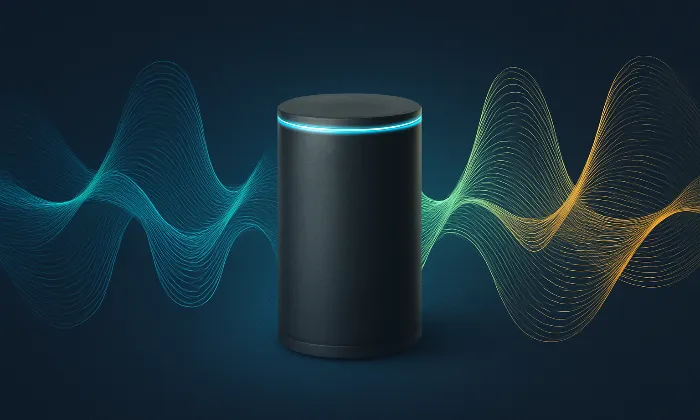Are emotions and empathy-driven speech included intentionally in doctor–patient conversation?
Speech Analysis
Healthcare
Empathy AI
Emotions and empathy-driven speech are intentionally incorporated into doctor-patient conversations to enhance communication and improve patient outcomes. This approach is critical because it fosters a deeper understanding of a patient's emotional and physical needs, ultimately leading to more effective healthcare delivery.
The Intentional Role of Emotions in Doctor-Patient Conversations
Doctor-patient interactions naturally involve a spectrum of emotions. From the patient's perspective, expressing concerns and symptoms is often laden with anxiety or distress. On the doctor's end, showing empathy—through thoughtful listening and understanding—facilitates a supportive environment where patients feel valued and heard. This intentional integration of empathy is not just supportive but is essential for successful clinical practice, promoting trust and encouraging open communication.
Importance of Empathy in Patient Care
Empathy is more than just a soft skill in healthcare; it's a crucial component of effective patient engagement. Patients who perceive their healthcare providers as empathetic are more likely to adhere to treatment plans and report higher satisfaction levels. For example, a study found that empathetic communication can lead to better management of symptoms and reduced patient anxiety, underscoring the need for emotional intelligence in medical interactions.
In diverse healthcare settings, the ability to recognize and respond to emotional cues is vital. Cultural differences can influence how patients express distress or concern, making empathy a key factor in providing respectful and effective care across various patient demographics.
How Empathy Functions in Healthcare Communication
Empathy in healthcare operates on multiple levels:
- Verbal Communication: This includes a doctor's choice of words, tone, and active engagement through questions or paraphrasing. For instance, acknowledging a patient's feelings with statements like "I understand how you feel" can significantly strengthen the doctor-patient bond.
- Non-Verbal Cues: Body language, eye contact, and facial expressions also convey empathy. A doctor's attentive posture or a warm smile can enhance the emotional connection established through verbal communication.
Challenges of Balancing Empathy and Efficiency
While empathy is crucial, healthcare providers often face the challenge of balancing empathetic interactions with clinical efficiency. In time-constrained environments, maintaining empathetic communication can be difficult, highlighting the risk of emotional fatigue or burnout for healthcare professionals. Additionally, traditional medical training may prioritize technical skills over interpersonal skills, necessitating a shift towards integrating empathy training into medical education.
Avoiding Common Missteps in Empathetic Communication
Healthcare professionals can sometimes overlook the power of silence in conversations. Allowing moments of silence gives patients space to articulate their feelings, ensuring they feel heard and understood. Moreover, providing solutions too quickly can hinder the empathetic process, as patients often seek emotional validation before discussing treatment options. Navigating this balance requires practice and sensitivity, emphasizing the importance of ongoing empathy training.
In summary, the intentional inclusion of emotions and empathy in doctor-patient conversations is vital for effective communication and improved patient care. As AI continues to evolve in healthcare, integrating emotional intelligence will be key to creating technologies that genuinely understand human interactions. FutureBeeAI’s datasets, which emphasize empathy and realism, are designed to support this evolution, ensuring that healthcare AI systems can effectively engage with patients on a human level.
FAQs
Q. How can AI systems detect empathy in doctor-patient conversations?
A. AI systems can analyze speech patterns, tone, and language in conversations to detect empathy. Training on datasets with annotated empathetic language examples enables these systems to recognize emotional cues and respond appropriately.
Q. What are the benefits of empathy in healthcare communication?
A. Empathy enhances patient trust, increases satisfaction, and improves adherence to treatment plans. It addresses both the physical and emotional needs of patients, fostering better health outcomes.
What Else Do People Ask?
Related AI Articles
Browse Matching Datasets
Acquiring high-quality AI datasets has never been easier!!!
Get in touch with our AI data expert now!








